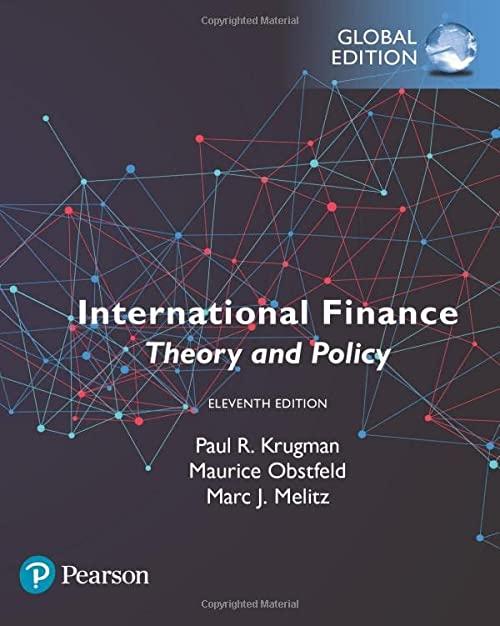LDI Suppose you have an index that is based upon 3 bonds: 1) $100mm of a 5-year maturity zero coupon bond. 2) $100mm of a 10-year zero coupon bond. 3) $50 mm of a 20-year zero coupon bond. You are hired in as the new Portfolio Manager. You find that the portfolio owns: $75 million of a 20-year zero coupon bond. $75 million of the 10-year zero coupon bond. $75 million of the 5-year zero coupon bond. You also have $25 mm in cash. Market yields are 2.5%, 2.75%, and 3% for 5, 10, and 20 year bonds respectively. What is your risk? What is the DVO1 of your position? How much will you outperform/underperform if rates fall 100 bps in parallel? How much will you outperform/underperform if rates rise 100 bps in parallel? Based upon this, what can you say about the convexity of your position -ie, are you long or short convexity and why? What is the best thing you can do with the cash to reduce the risk in your portfolio? STE LDI Spreadsheet Home Insert DrawPage Layout Formulas Data Developer Tell me X out Copy Review View ZE Calibrl Body 12 - A A 13 Wrap - General Fate $ % ) 04 XR c 0 E F H 1 5 6 7 8 Pension Payment 1 2 3 4 5 6 7 9 10 11 12 13 14 15 16 17 10 STRIPS Yield 0.20% 0.25% 0305 0.35 0.40% 0.45% 0.SOK OSSN 0.GON 4 20 21 22 23 24 25 26 27 28 29 30 31 2 10 11 12 13 14 35 16 17 18 19 20 21 22 23 24 25 26 27 28 29 30 31 32 33 33 34 35 36 32 1.000.000 1.000.000 1.000.000 1.000.000 1,000,000 1,000,000 1,000,000 1,000,000 1,000,000 1.000.000 1.000.000 1,000 000 1.000.000 1.000.000 1,000,000 1,000,000 1.000.000 1,000,000 1,000,000 1.000.000 1,000,000 1.000.000 1,000,000 1.000.000 1,000,000 1.000.000 1.000.000 1,000,000 1,000,000 1,000,000 1.000.000 1,000,000 1.000.000 1.000.000 1,000,000 0.70% 0.75 O. BON ORN 0.90% 1.00% 1.05 1 10% 1.15 1. 20% 1.25 1.30% 135 1.40% 145% 1.50 1.55% 1.60N 1.65% 170N 1.709 1.70N 1.70% 1.70N 1.705 1.70% 1.70K 1.70% 1.70% 1.70% 1 70 1703 1.709 1.70 1.70 1.70N 1. ION 1. TON 1.70W L 70% RE RE 40 41 41 44 45 35 36 37 38 39 40 41 42 43 44 45 46 49 50 SI 52 53 os 95 26 Sheet LDI Suppose you have an index that is based upon 3 bonds: 1) $100mm of a 5-year maturity zero coupon bond. 2) $100mm of a 10-year zero coupon bond. 3) $50 mm of a 20-year zero coupon bond. You are hired in as the new Portfolio Manager. You find that the portfolio owns: $75 million of a 20-year zero coupon bond. $75 million of the 10-year zero coupon bond. $75 million of the 5-year zero coupon bond. You also have $25 mm in cash. Market yields are 2.5%, 2.75%, and 3% for 5, 10, and 20 year bonds respectively. What is your risk? What is the DVO1 of your position? How much will you outperform/underperform if rates fall 100 bps in parallel? How much will you outperform/underperform if rates rise 100 bps in parallel? Based upon this, what can you say about the convexity of your position -ie, are you long or short convexity and why? What is the best thing you can do with the cash to reduce the risk in your portfolio? STE LDI Spreadsheet Home Insert DrawPage Layout Formulas Data Developer Tell me X out Copy Review View ZE Calibrl Body 12 - A A 13 Wrap - General Fate $ % ) 04 XR c 0 E F H 1 5 6 7 8 Pension Payment 1 2 3 4 5 6 7 9 10 11 12 13 14 15 16 17 10 STRIPS Yield 0.20% 0.25% 0305 0.35 0.40% 0.45% 0.SOK OSSN 0.GON 4 20 21 22 23 24 25 26 27 28 29 30 31 2 10 11 12 13 14 35 16 17 18 19 20 21 22 23 24 25 26 27 28 29 30 31 32 33 33 34 35 36 32 1.000.000 1.000.000 1.000.000 1.000.000 1,000,000 1,000,000 1,000,000 1,000,000 1,000,000 1.000.000 1.000.000 1,000 000 1.000.000 1.000.000 1,000,000 1,000,000 1.000.000 1,000,000 1,000,000 1.000.000 1,000,000 1.000.000 1,000,000 1.000.000 1,000,000 1.000.000 1.000.000 1,000,000 1,000,000 1,000,000 1.000.000 1,000,000 1.000.000 1.000.000 1,000,000 0.70% 0.75 O. BON ORN 0.90% 1.00% 1.05 1 10% 1.15 1. 20% 1.25 1.30% 135 1.40% 145% 1.50 1.55% 1.60N 1.65% 170N 1.709 1.70N 1.70% 1.70N 1.705 1.70% 1.70K 1.70% 1.70% 1.70% 1 70 1703 1.709 1.70 1.70 1.70N 1. ION 1. TON 1.70W L 70% RE RE 40 41 41 44 45 35 36 37 38 39 40 41 42 43 44 45 46 49 50 SI 52 53 os 95 26 Sheet








